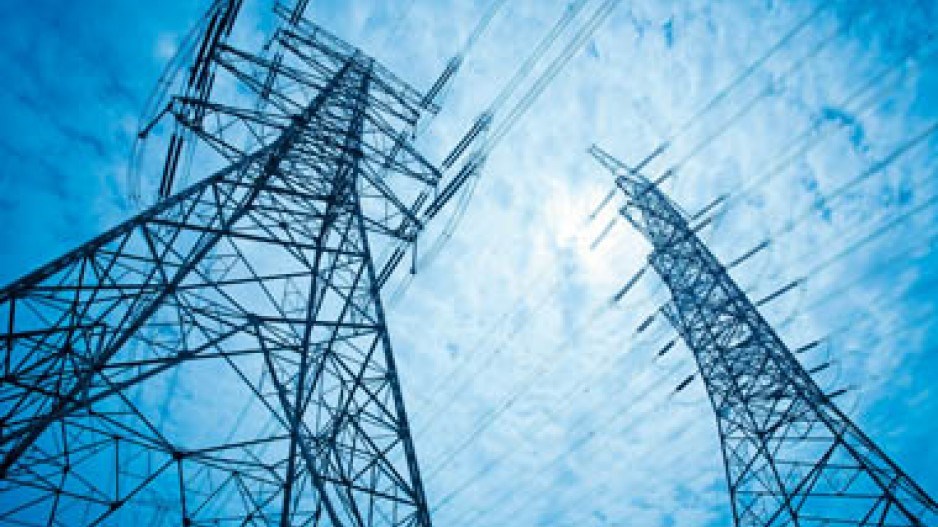Powering B.C.'s future is set to become more expensive for households and businesses as they're squeezed by significantly higher electricity costs.
The rate hikes announced November 26 by the B.C. government in its 10-year plan, along with BC Hydro operating cost reductions and reduced dividend payments from the utility to general government, will fund needed refurbishment and expansion of the provincial hydro infrastructure. BC Hydro forecasts average annual capital expenditures of about $1.7 billion over the next decade.
B.C. residents and businesses have long enjoyed ultra-low and stable electricity rates. Real inflation-adjusted prices generally trended lower from the mid-1990s through most of the last decade. That era is over.
From 2009 to 2012, approved cumulative rate hikes reached 30% over the period. Following a 1.4% hike this year, the 10-year plan suggests electricity rates could be 25% to 30% higher by 2018 if increases are near the upper threshold. Costs in B.C. will remain comparable to many other North American jurisdictions, but there is little doubt that the combination of recent and proposed future hikes will be an increased burden on both households and business. While the future cost of electricity will undoubtedly be higher, the impact on household budgets should be kept in perspective. According to the 2010 Survey of Household Spending, direct shelter-related electricity expenditure was about $850, which made up about 1.2% of total annual expenditure and about 1.5% of consumption. This proportion has likely increased with rate hikes, but it remains a small part of overall expenditure.
By the end of the next five-year period, the annual hydro bill for the average household will rise by about $300. Part of this increase will be offset by general income gains, but most will necessitate a modest reallocation of the household budget. Although electricity use and dollar expenditure typically grow with income levels, because higher-income households are more likely to own homes and have more discretionary gadgets, the share of expenditure allocated to electricity is actually higher for lower-quintile income-earners.
This reflects a basic amount of electricity use needed for households. Lower-income households will likely be more strained by the rate hikes given greater difficulty in reallocating spending as compared with higher-income groups, which have more discretionary spending.
Businesses will also experience higher operating costs as a result, which will likely lead to some cost-push inflation when the general economy improves as businesses attempt to pass on costs to consumers.




